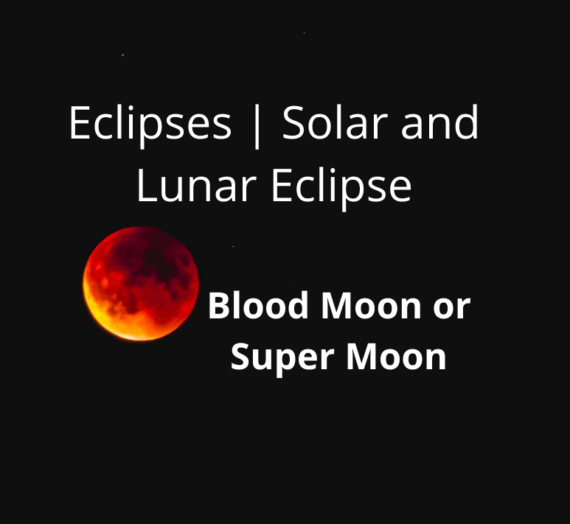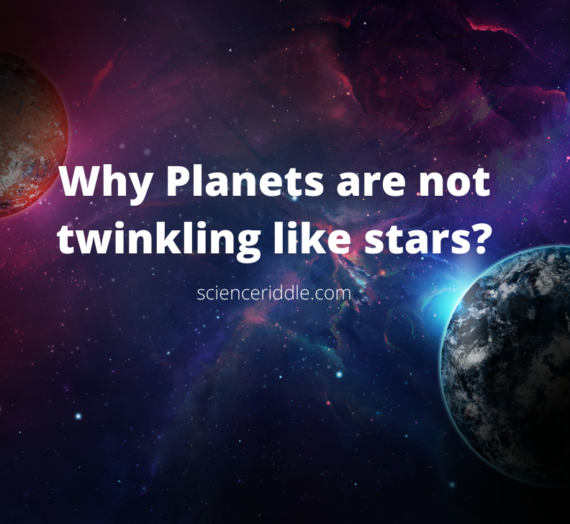Our universe is full of surprises. We always try to explore the depth of this universe, the more we explore, the more we will feel fascinated about it.
Our observable universe is about 46 billion light-years km which is still expanding and this vast universe has a number of galaxies present in it.
Now you must be thinking What is the galaxy?
A galaxy is a big cloud of millions or billions of stars, together with dust and gaseous clouds held together with gravitational attractions. There is a number of galaxies in our universe still we are not able to count the number of galaxies in our universe, With the help of the Hubble telescope it is found that there are 10,000 galaxies present in our universe out of these galaxies there is our galaxy Milky Way which is about 100,000 to 150,000 lightyears across and it is spiral in shape.
In this spiral-shaped galaxy, our solar system exists, containing the sun and its eight planets including our Earth.
We are not alone in this universe there are so many heavenly or celestial bodies that are moving around in this universe the Sun, Moon, Stars, Planets, Meteors, Meteoroids, etc.
Now let’s come back to our question: Why do stars twinkle?
When we look at the dark sky at night we always see a night sky full of tiny sparkling dots, we always wonder how these tiny dots in the sky twinkle. But to add on to your surprise Stars do not really twinkle, they just appear to twinkle when seen from the surface of Earth. The stars seem to twinkle in the night sky because of the effect of our atmosphere. When starlight enters our atmosphere it is affected by winds in the atmosphere and by areas with different temperatures and densities. Stars have their own heat and light. They are like point sources of light, when the light rays coming from these point sources pass through the different layers of the atmosphere or through different air masses they sometimes go out of our vision and in a momentary fraction of time become visible again. This deflection of light causes the light from the star to twinkle when seen from the ground. If there will be no atmosphere light from the stars travels towards Earth can easily move in a straight line, but as we have an inhomogeneous atmosphere once it starts traveling through the Earth’s atmosphere it gets bounced around in different directions by the particles in the air.
Do you know these twinkling tiny dots create huge problems for astronomers especially when they’re trying to accurately image a particular star? The more the star twinkles, the blurrier the image will be.
So now when you see these twinkling stars don’t forget to thank our earth’s atmosphere which is giving you this eye treatment.




Enzymes | How does it work? - Science Riddle
[…] Why do stars twinkle? […]
Why Planets are not twinkling like stars? - Science Riddle
[…] seem to twinkle in the night sky due to atmospheric effects. To know more about Why do stars twinkle? read […]